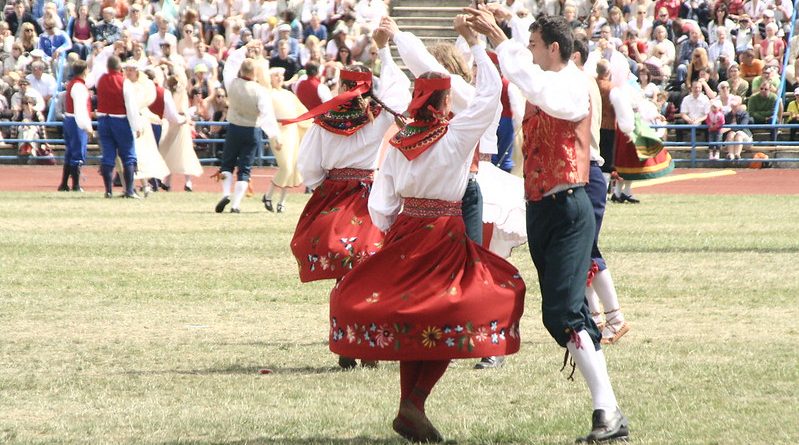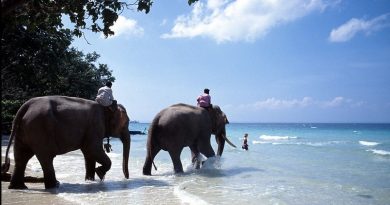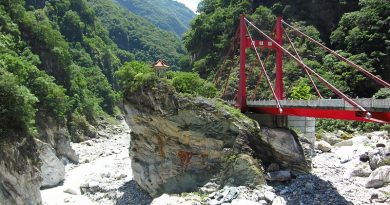Estonian Song Festivals
Group singing is a living feature of Estonia’s historical and cultural heritage. Within Estonia there are many small cultural communities, each with its own song tradition. The All-Estonian Song Festival (Laulupidu)happens in Tallinn every five years, and gives a privileged insight into Estonian music and culture. Its aim is to bring together all the traditional songs and singers from across the country, as well as guest singers from other countries.
The first All-Estonian Song Festival was held in 1869 in the town of Tartu, near the centre of Estonia. Around 870 singers took part, along with 76 musicians. Things have changed a lot, and today, the average festival gathering involves 25,000 participants, including large, joint choirs from all over Estonia. Festivals often close with choirs of around 25,000 taking part in an electrifying finale, in front of an open-air audience of about 100,000.
The festival takes place at the beginning of July, and it’s common for many Estonians to take the week off work and travel to Tallinn to join in the celebrations. Visitors from other countries converge in Tallinn to experience the powerful singing, lively dances and intricate, colourful folk costumes at first hand.
Another song festival to look out for is the Setu Song Festival (Leelopäev) which takes place every three years in the village of Värska, in the Setomaa region of south-eastern Estonia. This is a much smaller event than the All-Estonian festival, but is just as important to the people who take part.
The songs performed here are all from the Setu tradition. The trademark of the Setu folk song is that a lead singer, or caller, sings a line and the chorus answers it. The lead singer is highly skilled, and creates the song as he goes along. He or she can stretch it up to 800 lines in length. Originally in Setu culture, the link between performers and audience was interactive. The song words contained moral or personal messages for the listener. The traditional customs acted out on stage spoke directly to the observers who knew the performed rites.
Nowadays, the festival aims to keep these traditions accessible and alive, so maybe you will also pick up some moral pointers! When you’re in Värska, keep an eye out for singers wearing the traditional Setu costumes. These are often inherited from their parents or relatives, as they are extremely intricate and take a long time to make. The robes are richly decorated with silver jewellery and carefully embroidered by hand. The married Setu women also wear a special, conical silver brooch to show their status.
The song festival is a significant time for the Setu people, as many Setus who have moved away from the region will come home to join in with the event.
Traditional dances are performed, and regional dishes are made as part of the festivities. If you’re staying in Värska, you can also learn more about the Setu heritage and way of life by visiting the Setu Taluumuseum, a late 19th century farm building which exhibits examples of farming tools and local handicrafts.
The village also has its own mineral spring, producing Värska Originaal water from a depth of 1600ft below ground. Värska is historically the largest village of the Setomaa region, and used to be a shipping port. The shores of the Bay of Värska have been inhabited for about 5,000 years. The village church of St George was built in 1904, and the village celebrates St George’s Day twice a year, on 6 May and 9 December. The Setu Song Festival coincides with the celebration in May.




